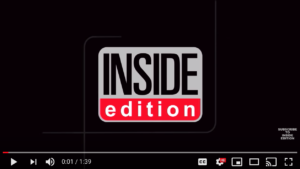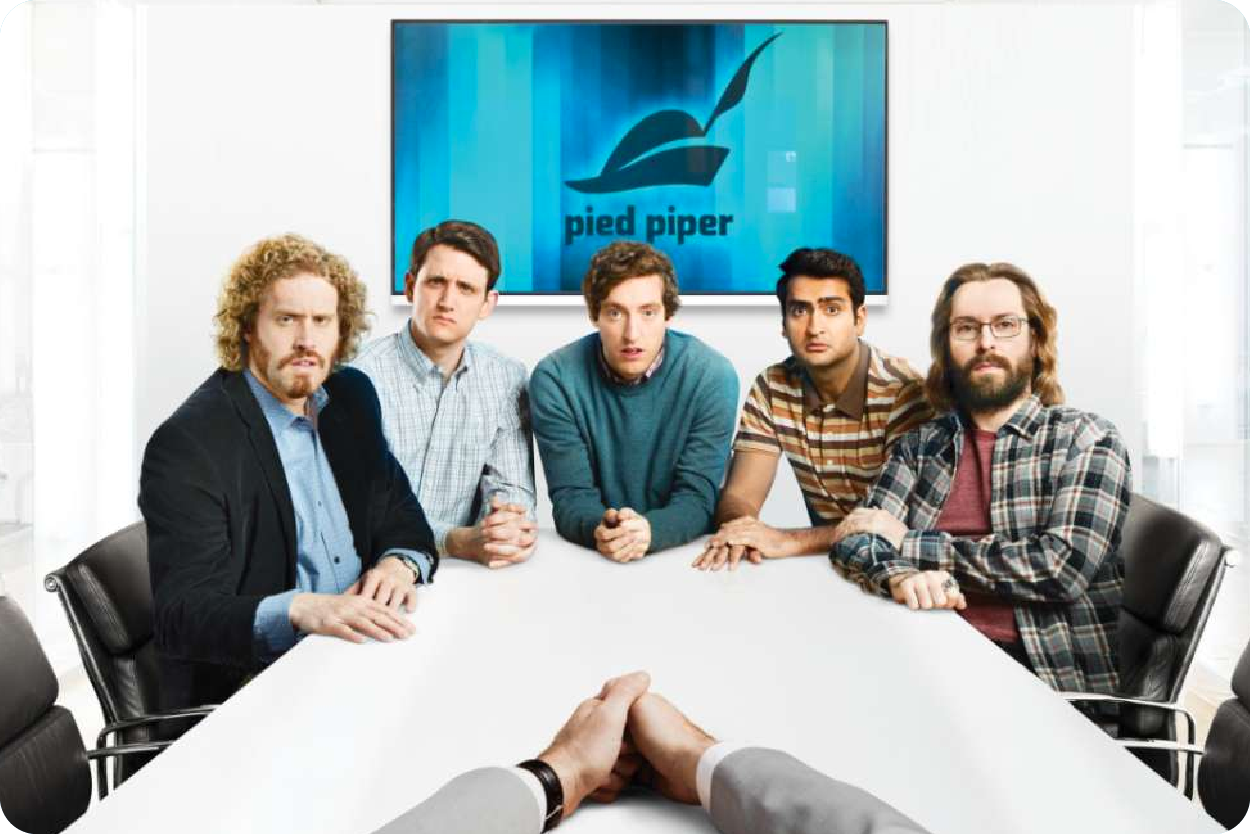
Whenever I come across a house project that I am not sure about, I immediately go to YouTube.
YouTube is an amazing resource for those looking to find out how to do something, and receive a step by step tutorial.
These videos are so helpful that, there are literally stories about people that have constructed full houses by only watching YouTube videos:

Sadly, the same does not apply when starting a business.
There is no tutorial that is foolproof to help you create a profitable company. Many people, like myself, may tell you about channels that MAY help, but the truth is every business is so completely different that nothing really applies across the board.
Larger businesses don’t have this problem of figuring out how to get a positive ROI, or find success. They obtain a massive amount of data and history that allows them to invest in channels that they know are profitable. They then focus on increasing the performance of those channels in the future to promote growth.
Although you may not have history or data points there is something that you do know:
You Know Nothing!

This is tough to hear, but embracing the fact that you do not know what will grow your business is actually incredibly powerful. By acknowledging that you know nothing, you start pursuing knowledge as well as revenue for your business.
So how does this help? In a couple of ways:
Remove assumptions
When I first started in a start-up environment, I was brought in largely for my Google Ads background. At the time, it was believed that the slow lead generation was due to the fact that we were not grabbing enough traffic from people looking for a similar product.
I created a ton of campaigns targeting similar industries, general technologies and sent ads to a lot of audiences that I thought would find our product irresistible.
I could not have been further from the truth.
Every morning when I would check the leads from the previous day I would find a long list of unqualified leads. Yet, I continued to invest time and money into the campaigns to try to make this channel drive growth.
But see, that was the problem.
I made one very large assumption. I assumed that due to the fact that Google Ads has been extremely profitable in my past companies, that it would be the key to our success here too. Instead, it turned out to be a channel that drained my time and our budget – which most likely could have been spent later.
By acknowledging that you, in fact, know nothing, you hopefully do not make the same mistake. You understand that you should try the channel but do not put all your eggs in one basket.

Redefine Successful Campaigns
If you have ever worked for a larger company, most likely you have come across the use of KPIs. Of course, your goal should always be to perform better but there is a KPI for small businesses that are rarely accepted anywhere else.
This KPI is LEARNING.
Not every campaign has to drive revenue in order to be successful. Remember your business at this time is trying to find it’s preferred channels, therefore finding out which channels are not a great fit are still extremely helpful.
Of course, a failed campaign is never as good as a profitable one, but the truth is a lot of learning came from it. Why did it fail? how does this change your marketing plan? What did we learn and how can it be applied to other campaigns?
These are all takeaways that will lead to you honing in on your target market later. Because of this, there is no such thing as a failed campaign, as long as you learn from it.
Optimize Later
If you are anything like me, most likely you have some perfectionist tendencies. I like to create campaigns that think of everything, and are optimized for maximum performance.
Although if you are still in the learning phase, do NOT spend time focusing on optimization.
The truth is, optimizing campaigns adds more labor and expenses that could be used elsewhere. By spending time creating a better campaign, you are only adding to the costs of a failed campaign.
Therefore, apply the MVP (Minimum Viable Product) methodology to create more campaigns in a far smaller time frame. Forget about the custom images, the unique landing pages, the custom print outs, or the additional development. Instead, look to clone similar campaigns and continue to just slightly alter your current content.

Keep in mind, your KPI is to learn. Once you learn that a campaign is profitable, that is when you optimize.
Conclusion
It would be nice to have the ability to look up a tutorial on how to drive growth for your specific business, sadly due to the uncertainty and uniqueness of every venture that is not possible. You lack of knowledge or uncertainty, therefore, gives you only one option to succeed:
Gain knowledge.
Startups need to embrace the concept that there will be failures. But cumulative failures lead to a path of success.
By learning what messaging doesn’t work and what channels do not drive revenue, you can start simplifying your marketing plan, optimize your time, and focusing on the marketing channels that drive results.
Therefore, your goal should to try everything, fail fast, learn fast, and then double down on what works.
If you don’t subscribe
I will just count it as a failure, and try a different CTA on the next blog.
[mc4wp_form id=”428″]




